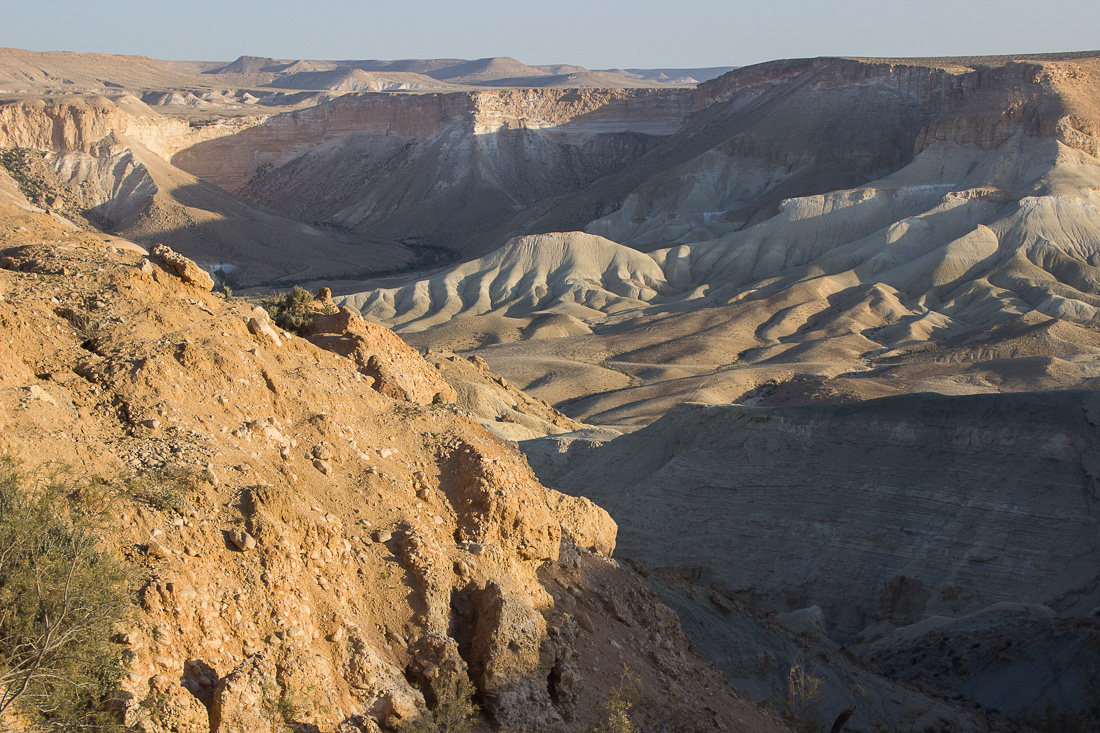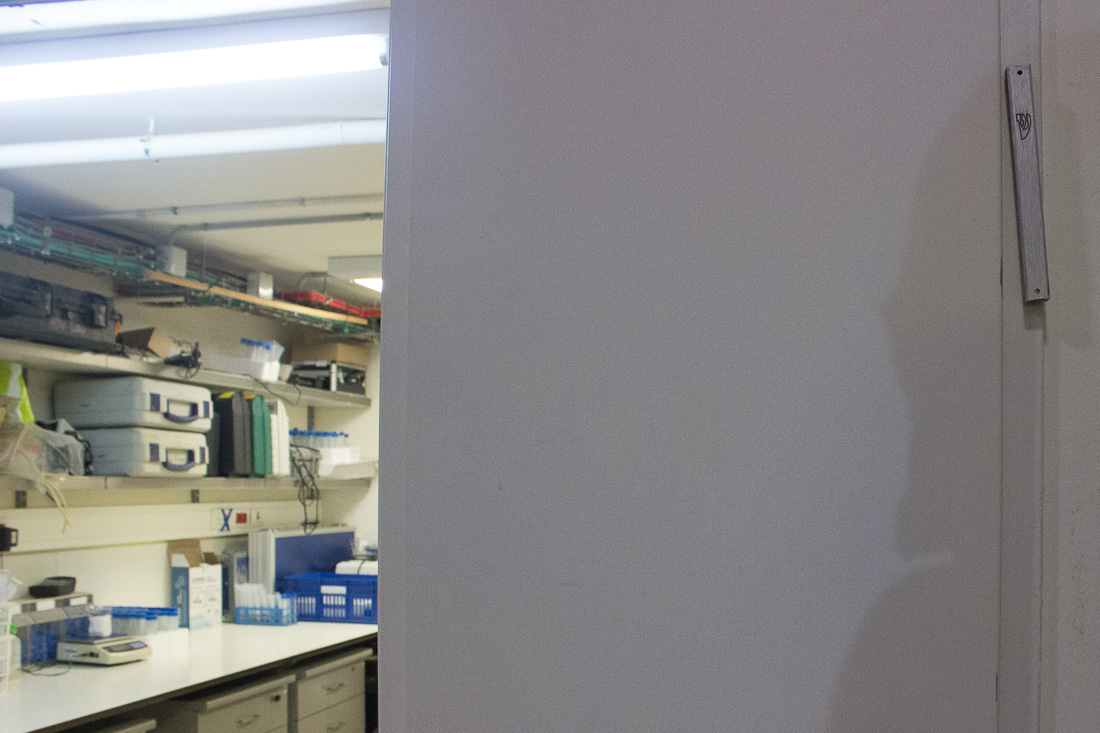By Alexis Shanes
Medill Reports
SDE BOKER, ISRAEL — Two hours south of Tel Aviv and Jerusalem, where political drama unraveled amid Tuesday’s Israeli elections, I finished my morning coffee and stepped out into the blinding desert sunshine.
I’m spending this month at the Jacob Blaustein Institutes for Desert Research, which are part of the Ben-Gurion University of the Negev. The main BGU campus is located in Be’er Sheva, the Negev desert’s largest city. But I’m at the BIDR outpost 45 minutes south, in Sde Boker, where I’m embedded with researchers tackling water stewardship in the Middle East. I’m reporting by observation and taking notes I’ll later use for Medill News Service stories.
The Sde Boker campus borders Midreshet Ben-Gurion, a village named for David Ben-Gurion, Israel’s first prime minister. He is buried near the village overlooking the Zin Valley. Just north is Kibbutz Sde Boker, where Ben-Gurion once lived.


When I arrived last Friday, the campus was eerily quiet. Israeli law mandates that businesses observe Shabbat, the weekly Jewish holiday of rest, so even mostly secular communities such as this one shut down from Friday afternoon to Saturday evening. In Sde Boker, that means university classes are recessed, and the tiny market and four restaurants close. On Sunday, the community springs back to life.
I spent my first week here learning my way around the campus and village — granted, it’s not easy to get lost. More importantly, I spent time with the students, faculty and staff who call the campus home. Person-to-person interactions are more informal in Israel than in the U.S., so I didn’t have to wait long to start visiting research labs and observing in-progress projects. The university draws students from approximately 20 countries, but I’m not working with a fixer because English is the university community’s standard language.
One evening, I stayed late in a lab to help a doctoral student conduct an experiment. He’s studying how clay impacts stream water flow, which he said could have implications for agricultural land use and policy-making.
At the center of his project is an artificial stream assembled in what looks like a long fish tank. The tank is partially filled with sand and clay, which constitute the stream base. A pump system ensures water circulates continuously through the tank, creating wave-like shapes in the base material.

After extensive and meticulous preparations, he poured a container of bright-blue dye into the water, and we watched silently as it seeped through the base material. Nearby, a camera programmed to take time-lapse photos, documented the path of the dye through the stream.

I was so absorbed in the experiment that I forgot where I was until I glanced up and spotted a mezuzah — parchment inscribed with a Jewish prayer and enclosed in a decorative case — affixed to the lab door. In the U.S., it’s rare to find mezuzahs anywhere other than synagogues, Jewish homes and kosher bakeries. As a reporter, I sometimes find small details are the most striking ones.

Photo at top: The sun sets in Midreshet Ben-Gurion. (Alexis Shanes/MEDILL)

